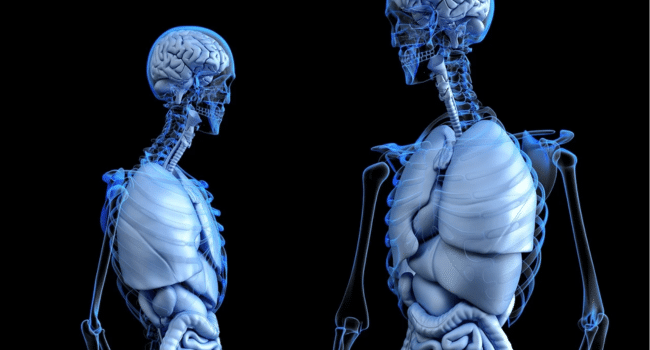Table of Contents
It is natural to any person to find it difficult to understand health conditions but the elderly will have more obstacles to this since most of them experience slowed processing speed, memory decline and inability to interpret medical terms. These issues may complicate the understanding of old age adults about their diagnoses, available treatment possibilities, and the actions required to undergo adequate care. Even visual aids like 3D medical animations are now being acknowledged as useful tools in closing this divide by providing the elder generation with clear, understandable and entertaining visual displays of complicated medical data. Together with careful application of such tools, caregivers and healthcare providers will achieve a deeper understanding of the patients, their independence, and enhanced health outcomes among senior patients.
Pictorial Learning Enhances the Comprehension
3D medical animation enables abstract concepts, like how organs work or how a disease develops, to be demonstrated in a clear and approachable manner. Since the elderly tend to respond better to visual explanations than text-heavy documents or verbal explanations. Seniors will be able to form a better understanding of their body state through observing its functioning or the effectiveness of different treatments, which will assist in alleviating confusion and anxiety. Visual learning also aids the retention of memory that is especially beneficial to the seniors who might have a problem recalling the verbal explanation of the healthcare visit.
This effect can be increased through the provision of 3D medical animations during healthcare consultations. Functions such as blood flow, joint motion, or action of a medication can be shown through animation rather than as a diagram or drawn up description. This will help the seniors to actively participate in the information and pose questions and seek clarifications. The ability to visualise their condition will also make seniors more relatable and understandable as they will make more informed decisions about their care.
Streamlining Medical Terminology
Medical terminologies can be a nightmare even to the younger patients. Complex words and explanations can be frustrating or not understood in the case of seniors. That is why application of 3D medical animation can be more advantageous because the process may be viewed independently and the concepts are not explained by the things in the abstract form. As an example, a picture of the deposition of the plaque in an artery or the effect of insulin on blood sugar can simply be passed as the message it was meant to pass on and would have taken a long time to be explained orally. This approach will reduce the cognitive load and enable the seniors to learn the required information without feeling crushed.
Also, animations can be paused, reused or slowed down and enables the seniors to learn at their own speed. In the case of 3D medical animation, learners have a chance to see a piece of information repeatedly so that they can learn gradually and refresh their knowledge as compared to face-to-face consultation where time is limited. This is particularly useful with the aged who may have taken more time to digest the information or those who would want to revisit the explanations at home with the relatives or the care takers. The end result is a more aggressive and better informed patient who can now be an active participant in his/her health.
Fostering Involvement and Interaction
Passive provision of information can be made interactive using the 3D medical animation to elicit interaction by the seniors. Questions, prompts and explanatory captions can be added to animations to encourage participation. The older generation who engages with the material will have higher chances of remembering the information and knowing how the information is applicable to their own health. Interactive visual aids also produce a collective learning environment between patients, caregivers, and healthcare providers and enhance communication and cooperation.
Furthermore, the visual content should be used to involve seniors to help in anxiety reduction and enhancement of a positive approach towards health management. When the elders find a way to visualize their conditions in a clear and comprehensive way, they might feel more empowered and better than they feel feared and lost in the process of making medical decisions. 3D medical animations could help reduce fear and confusion in the elders and enable them to concentrate more on their treatment and care plans.
Sustaining Long-Term Health Management
The long-term health management involves constant learning and following up the treatment plans. Having visual illustrations of the explanation of their situations, seniors are more likely to adhere to medications, lifestyle changes, and therapy regimes, as these abstract outcomes become concrete and are supported by 3D medical animations. This understanding aids the elderly to make judicious decisions and stay healthy in old age.
Also, animations may be used as a source that can be used as a reference and seniors can access it whenever they have some questions. Differing with brochures in print or use of verbal instructions, digital animations are always available, repeatable, and simple to comprehend. Such long-term care improves self-management and builds confidence in coping with chronic or complex illnesses. Incorporating 3D medical animations into the senior care setting enables the medical facilities to develop an environment that values clarity, understanding, and the empowerment of the patient.
